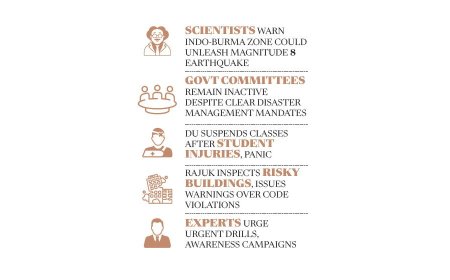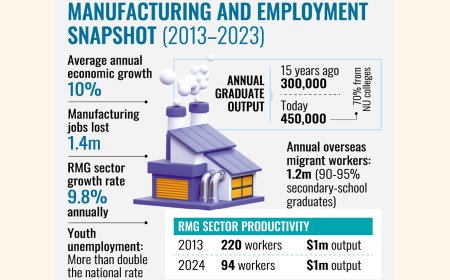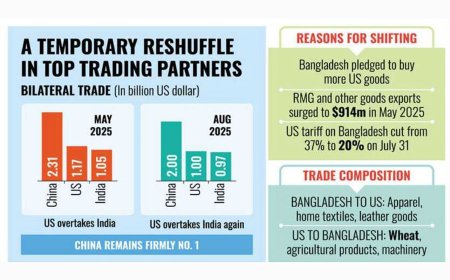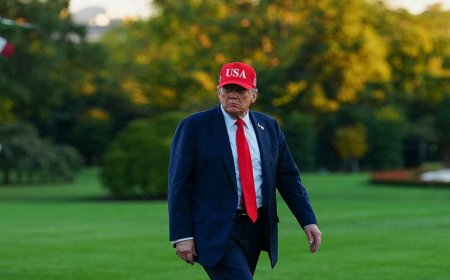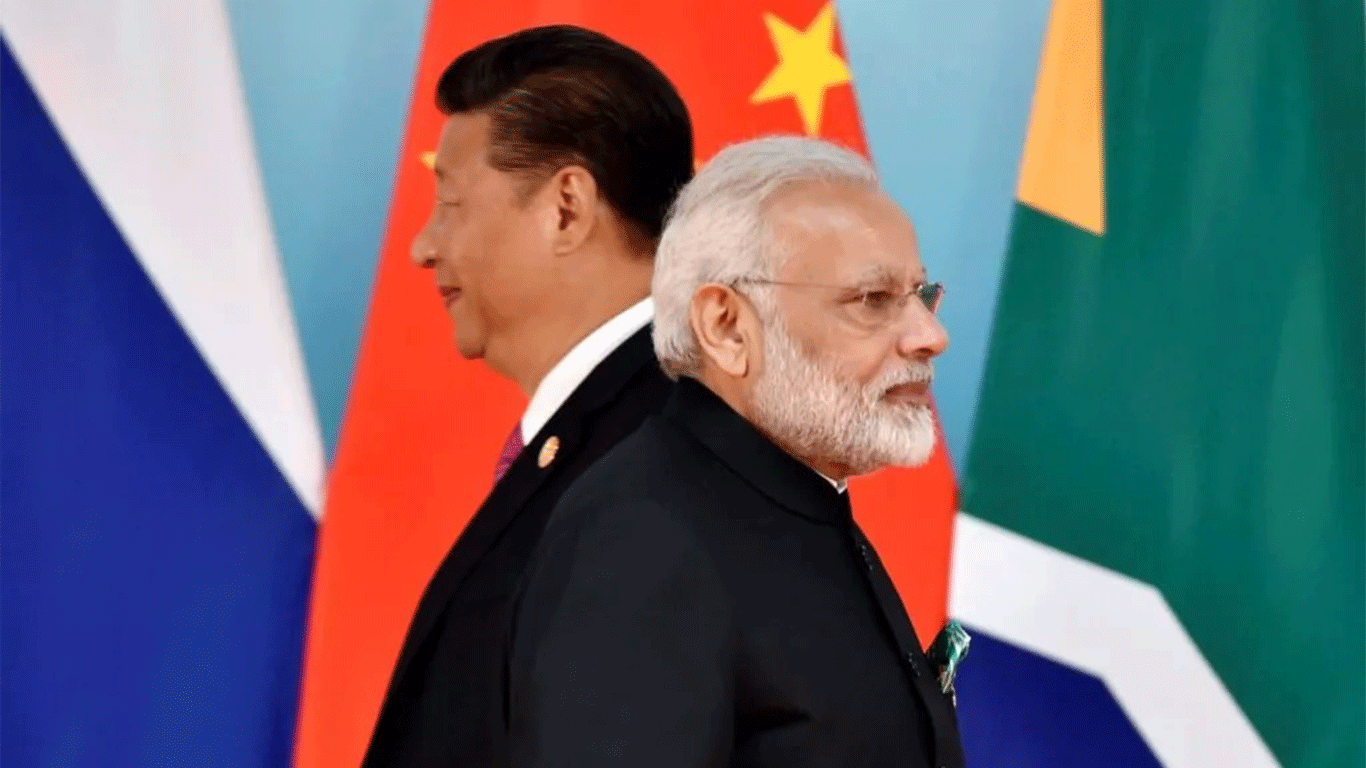How The United States Is Suffering From Trump’s Tariffs
How The United States Is Suffering From Trump’s Tariffs
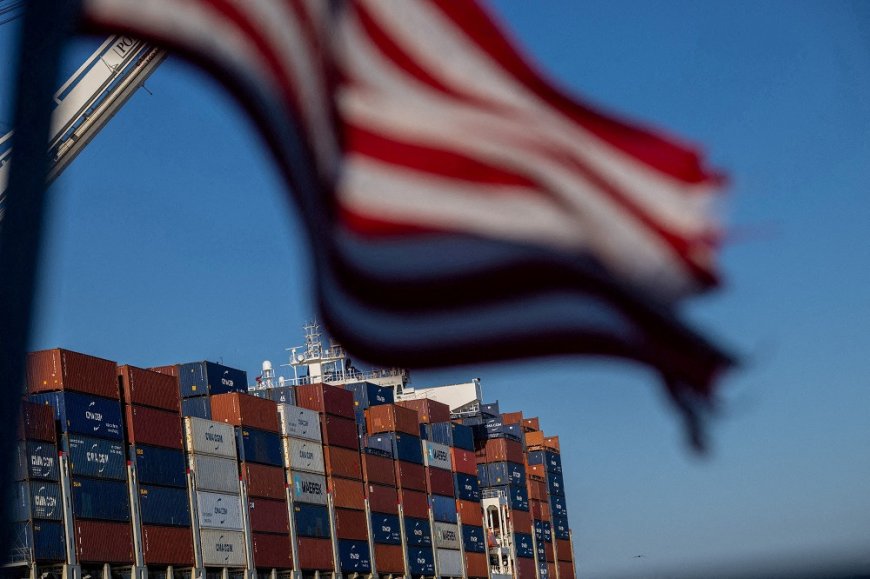
Early evidence suggests that U.S. companies and consumers are bearing the brunt of the country’s new import tariffs, contradicting former President Donald Trump’s claims and complicating the Federal Reserve’s efforts to control inflation.
Trump had long asserted that foreign exporters would shoulder the cost of his protectionist measures to retain access to the American market. However, academic research, business surveys, and company statements indicate that U.S. firms are largely absorbing the impact—and passing part of it on to consumers through higher prices.
“Most of the cost seems to be borne by U.S. firms,” said Harvard University professor Alberto Cavallo, whose research shows “a gradual pass-through to consumer prices and clear upward pressure.”
The White House, meanwhile, maintains that Americans may experience a “transition period” but insists that foreign exporters will ultimately bear the cost, pointing to efforts by companies to diversify supply chains and bring production back to the United States.
Who Is Paying the Tariffs?
Cavallo and his colleagues, Paola Llamas and Franco Vasquez, have tracked prices for more than 359,000 products—from carpets to coffee—at major U.S. retailers. Their data show that imported goods have become about 4% more expensive since the tariffs were introduced in March, while domestic product prices have risen by roughly 2%.
The steepest price hikes occurred in categories where domestic production is limited, such as coffee, or where tariffs target specific countries, such as Turkey. Though the increases remain below the full tariff rate—suggesting that sellers are absorbing part of the cost—foreign exporters are also raising prices in dollar terms, reflecting the weaker U.S. currency.
“This suggests foreign producers are not absorbing much, if any, of the U.S. tariffs,” Yale University’s Budget Lab noted, echoing findings from export price data showing rising costs from major U.S. trading partners such as China, Germany, and Mexico.
Full Impact Still Unfolding
Trump’s tariffs, which have lifted average import duties from about 2% to roughly 17%, are expected to take months to fully ripple through global supply chains. “We shouldn’t expect a one-time jump,” Cavallo said. “Firms are finding ways to soften the blow and spread price increases over time.”
European carmakers have so far absorbed some of the shock, but consumer goods giants like Procter & Gamble, EssilorLuxottica, and Swatch have already raised prices. Reuters data show that about 72% of companies in Europe, the Middle East, and Africa have implemented price hikes since the tariff measures began.
E-commerce tracking by Reuters also shows sharp price rises for Chinese products on U.S. platforms such as Amazon and Shein. China’s “anti-involution” policy—encouraging producers to scale back competition and limit output—could further tighten supply and push prices higher.
These dynamics are fueling inflationary pressure in the U.S. economy. While the Federal Reserve recently cut interest rates over concerns about a weakening labor market, policymakers remain divided on how lasting the tariff-driven inflation will be.
Fed Chair Jerome Powell estimated that tariffs have added roughly 30 to 40 basis points to core inflation, now at 2.9%, but said the effect should be “relatively short-lived.” The Peterson Institute for International Economics projects inflation to be about one percentage point higher over the next year than it would have been without the tariffs.
Global Trade Feels the Strain
The consequences extend well beyond the United States. As American consumers face higher prices, global demand is softening. S&P Global’s surveys show declining export orders worldwide since June.
European Union exports to the U.S. fell 4.4% year-on-year in July, with Germany—long the bloc’s export powerhouse—recording a 20.1% plunge in August. The World Trade Organization has cut its 2026 global trade growth forecast to just 0.5%, citing the delayed impact of U.S. tariffs.
German think tank Kiel Institute data also reveal a continued downturn in U.S. shipments, while ING Bank predicts a 17% drop in EU exports to the U.S. over the next two years, shaving 0.3 percentage points off European GDP growth.
“The full effects of U.S. tariffs haven’t yet materialized,” ING economist Ruben Dewitte warned. “We expect their impact to become much more visible in the coming months.”
What's Your Reaction?




















